I mentioned in my last weekly update post that there’s a lot to consider about the impact of gap years.
Here’s why this is a big deal: each class of students is known as a cohort, and if we have a situation where two cohorts of students enter college at the same time, that’s called a double cohort. And it’s a total cluster.
We’ve actually seen this before, in Canada.
Until 2003, students in Ontario went to high school for five years. Since that was the last year of a five-year high school program, two classes of students graduated at the exact same time (the students who started in 1999 and spent four years in high school as well as the students who started in 1998 and spent five years in high school).
Check out this article. Here’s a relevant snippet:
This year, all across the country, high-school students played the largest and most dramatic game of musical chairs in Canadian history. Ontario's infamous double cohort, of course, was a major factor. The province, home to roughly 40 per cent of Canadian students, finally eliminated the fifth year of high school - producing a blockbuster double class of high-school seniors.
When it came to elite programs, the competition was beyond brutal. Five thousand battled over 270 seats in Queen's commerce; 3,000 for 160 spots in McMaster's bachelor of health sciences. At Waterloo, 1,827 students were jockeying for 100 places in accounting and financial management. And so on.
Which is why many students hedged their bets, applying out of province as well. Montreal's McGill University, a top choice for many, saw a 67-per-cent increase in applications from Ontario: 6,911 in total. But was McGill their first choice or their "safety school"? There was no way of knowing. To avoid being oversubscribed with acceptances, the admissions office decided to set the bar high for Ontario students in the early round of offers. By May, when the phone was ringing off the hook, McGill posted an open letter on the Web, aimed at frantic Ontario families: the university, it said, had "agonized over many of the refusals" issued in recent weeks. "Refusal," it said, "can be a deeply disappointing experience. The disappointment is even more profound when an applicant possesses a strong academic record."
That type of “beyond brutal” competition is exactly what I’m hoping we can avoid for kids in the 2021 entering cohort (HS class of 2021).
And let’s be honest - our baseline level of difficulty today in the United States is very different from that of some of the schools mentioned above today, not to mention the baseline level almost twenty years earlier. So this could get ugly. I know that a lot of parents and students are worried about that happening.
I’ll be honest: I was really worried about this at first. Like really, really worried. But the more I think about it, we may not have as big of an issue as I had originally anticipated. We don’t actually have to end up with a double cohort situation. We aren’t going to have an imminent crisis if all the extra kids join the (college) Class of 2025, because the (college) Class of 2024 would be much smaller.
Those two classes would theoretically even out, which puts us in a much better position than the Canadians. The total number of students on campus will be the same during academic years 2021-2022, 2022-2023, and 2023-2024.
The problem will instead occur during the 2024-2025 academic year, when the entering cohort of 2020-2021 would already have graduated. In this case, there will simply be too many students on campus.
I think that we might be looking at one of the following scenarios instead (or a combination):
A proportionally less # of students will be admitted from the HS Classes of 2021, 2022, 2023 and 2024 in the hopes of evening everything out by 2024-2025.
The same number of students will be admitted each year as always, with hopes that the numbers will normalize through attrition - meaning very few transfer students will be accepted.
The same number of students will be admitted each year as always, with impacts to the campus experience: overflowing classes, less housing capacity, and so on.
If I had to put money on it, I think the most selective schools will go with the first scenario or a combination of the first two. I think schools that aren’t as selective and/or have lower endowments will gravitate towards the last option.
Anyway, time will tell but the bottom line is that if recently graduated seniors take gap years, this will certainly have an impact on the numbers ahead - but maybe it’s not the total doom and gloom situation for the Class of 2021 that we’ve been worried about.. and just moderately gloomy for the next few classes?

